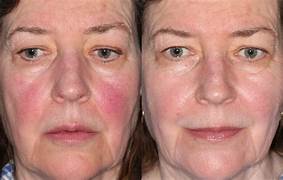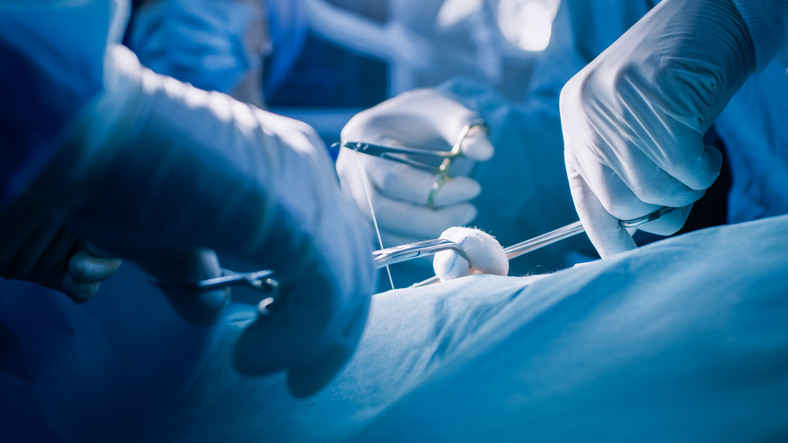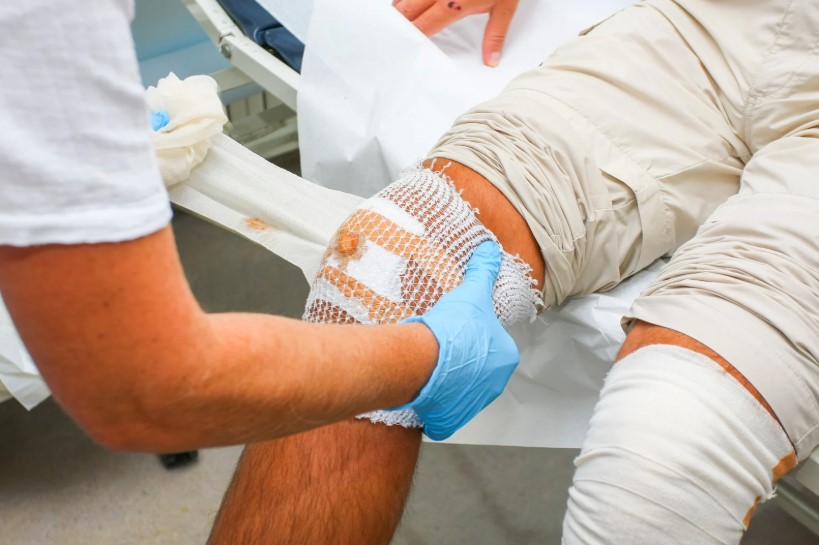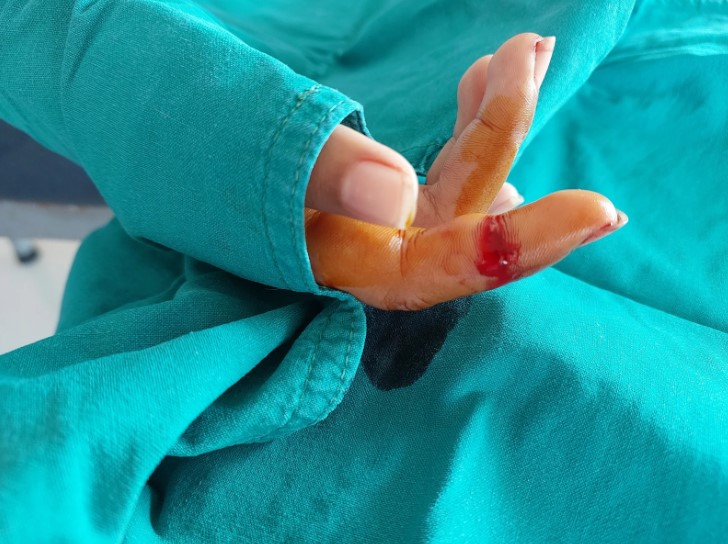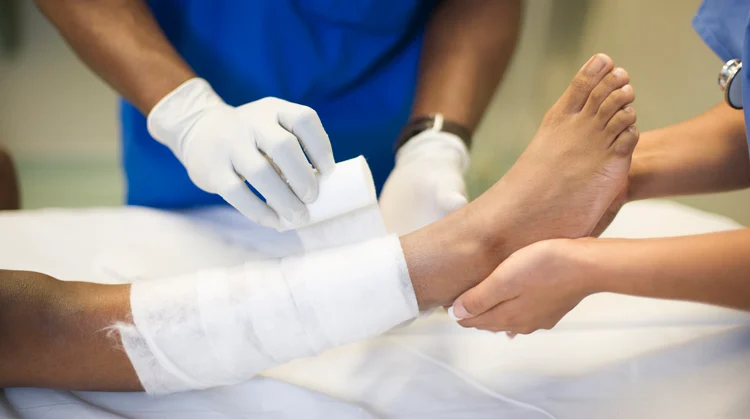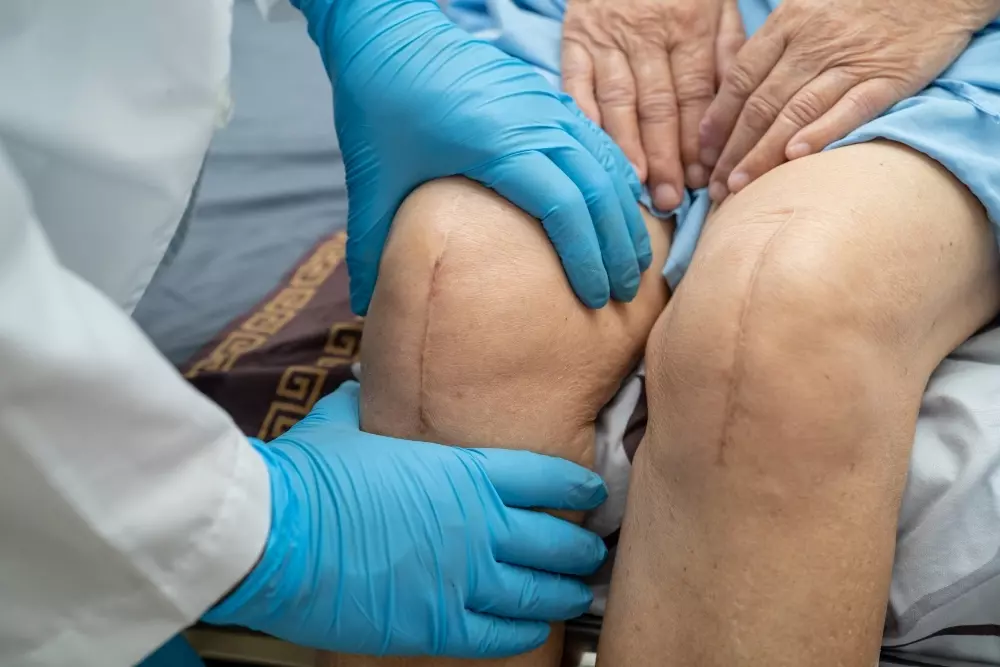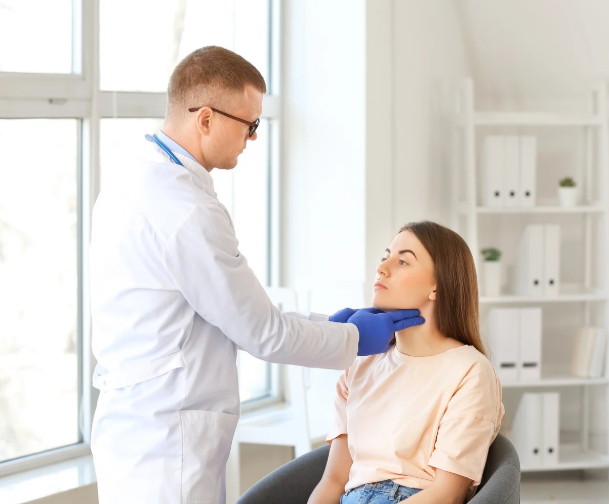Capillaries and rosacea are common skin conditions that affect many individuals worldwide. Capillaries refer to the tiny blood vessels near the skin’s surface, while rosacea is a chronic skin condition characterized by facial redness and visible blood vessels. Finding effective treatment options for these conditions is essential to improve the quality of life for those affected. In recent years, a promising approach has emerged: combining Laser and Intense Pulsed Light (IPL) therapies.
Understanding Capillary and Rosacea
A. What are Capillaries and Rosacea?
Capillaries are the smallest blood vessels in the human body, responsible for delivering oxygen and nutrients to the cells. When they become dilated or broken, they can cause visible red or purple streaks on the skin’s surface. Rosacea, on the other hand, is a common chronic skin condition that primarily affects the face. It can lead to facial redness, visible blood vessels, and sometimes acne-like bumps.
B. Common Symptoms and Triggers
Capillaries and rosacea can present with various symptoms, including persistent facial redness, flushing, visible blood vessels, and skin sensitivity. Common triggers include sunlight, alcohol, spicy foods, and stress.
C. Prevalence and Impact on Individuals
These conditions affect millions of people, causing not only physical discomfort but also emotional distress and a negative impact on self-esteem. Effective treatment is crucial for those affected.
Laser and IPL Treatments
A. Explanation of Laser Therapy
Laser therapy uses focused beams of light to target specific blood vessels in the skin. The energy from the laser is absorbed by the blood vessels, causing them to coagulate and shrink. This reduces their visibility. While it can be highly effective, laser therapy may come with some side effects, including redness, swelling, and, in rare cases, scarring.
B. Explanation of IPL Therapy
IPL therapy, or Intense Pulsed Light therapy, uses a broad spectrum of light to target various skin concerns, including capillaries and rosacea. IPL works by heating the blood vessels and damaging them, leading to a reduction in redness and visibility. It’s generally considered less invasive than laser therapy but may require more sessions for optimal results.
The Benefits of Combining Laser and IPL
A. Synergistic Effects
Combining laser and IPL treatments can have a synergistic effect. While laser targets specific vessels, IPL can address a broader range of concerns, making the overall treatment more comprehensive.
B. Targeting Different Aspects of Capillary and Rosacea Treatment
Laser and IPL treatments address capillaries and rosacea from different angles. Laser therapy focuses on specific vessels, while IPL tackles redness and pigmentation concerns more broadly.
C. Improved Results and Reduced Side Effects
The combination of both treatments can lead to better results with potentially fewer side effects. This approach can be especially beneficial for individuals with severe or persistent capillary and rosacea issues.
Finding a Qualified Practitioner
A. Importance of Seeking Professional Treatment
It’s essential to seek treatment from a qualified and experienced practitioner to ensure safety and effectiveness. Always consult with a dermatologist or licensed skincare specialist before pursuing any treatment.
B. Questions to Ask When Choosing a Provider
Ask about the practitioner’s experience with capillary and rosacea treatments. Inquire about the types of equipment they use, their success rates, and request before-and-after photos from previous patients to assess their expertise.
The Treatment Process
A. Initial Consultation and Assessment
The treatment process typically starts with an initial consultation and skin assessment. During this visit, the practitioner will evaluate your skin condition, discuss your goals, and create a personalized treatment plan.
B. Number of Sessions Required
The number of sessions needed will vary depending on the severity of the condition and the specific combination of laser and IPL therapies chosen. Discuss the treatment schedule with your provider.
C. Recovery and Aftercare
After each session, there may be some redness and swelling, but these side effects are usually temporary. Your practitioner will provide post-treatment care instructions to ensure the best results and minimal discomfort.
Potential Risks and Side Effects
A. Temporary Redness and Swelling
As mentioned earlier, redness and swelling are common side effects after laser and IPL treatments, but these typically subside within a few days.
B. Post-Treatment Precautions
Following the post-treatment care instructions is crucial to minimize risks and side effects. These instructions may include using sunscreen, avoiding certain skincare products, and staying out of direct sunlight.
Takeaway
The combination of Laser and IPL therapies for capillary and rosacea treatment offers a promising approach to address these skin conditions effectively. By targeting different aspects of the problem and leveraging their synergistic effects, individuals can enjoy improved results with reduced side effects. If you suffer from capillary or rosacea issues, consult with a qualified practitioner to explore the potential of this advanced treatment option.
To wrap it up, if you’re seeking the most effective Ultraformer skin tightening services, Cosmos Clinic is the clear choice. Their expertise and cutting-edge technology ensure you’ll leave with radiant, rejuvenated skin.

